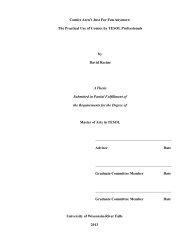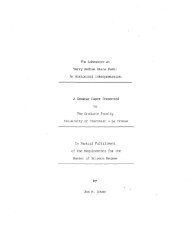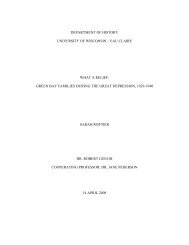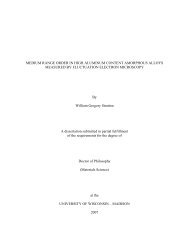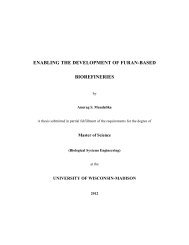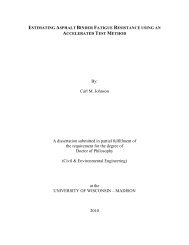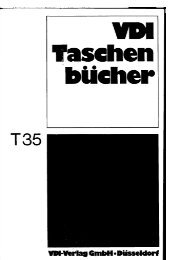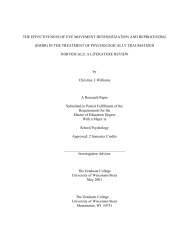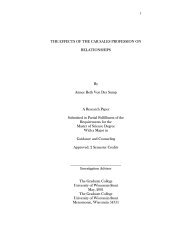RELIGION AND SPANISH COLONIALISM IN THE PHILIPPINES by ...
RELIGION AND SPANISH COLONIALISM IN THE PHILIPPINES by ...
RELIGION AND SPANISH COLONIALISM IN THE PHILIPPINES by ...
You also want an ePaper? Increase the reach of your titles
YUMPU automatically turns print PDFs into web optimized ePapers that Google loves.
1980:207). Some cave sites contained cultural material; most of these sites were used as burial<br />
places (Coutts and Wesson 1980:207). “Open sites” are sites that are not found in caves; such<br />
sites with burial in them tend to date to the historic period, around 1,000 B.P. and onward<br />
(Coutts and Wesson 1980:207).<br />
Boat-shaped burial markers and boat-coffins are another burial practice evidenced in the<br />
Philippines. Several boat-shaped stone burial markers have been discovered in the Batanes<br />
Province (Figure 4) (Dizon 2000:115). Stones of various sizes, and in some cases color, were<br />
placed above the buried remains of an individual in a shape resembling a boat (Figure 3). Boatcoffins<br />
have been used <strong>by</strong> various maritime peoples throughout Southeast Asia (Dakadao<br />
1992:136). Boat-coffins were commonly carved from hardwoods and decorated with bird<br />
symbols (Dakudao 1992:137). Birds are symbols of the sky world, kaitaasan or heaven, in<br />
Filipino symbolism (Barreto-Tesoro 2008:82; Dakudao 1992:137). By carving bird motifs on to<br />
the boat-coffins, the souls of the dead were encouraged to travel upwards where they would be at<br />
peace.<br />
Figure 3 Boat-shaped stone grave marker (Dizon 2000:123).<br />
10



